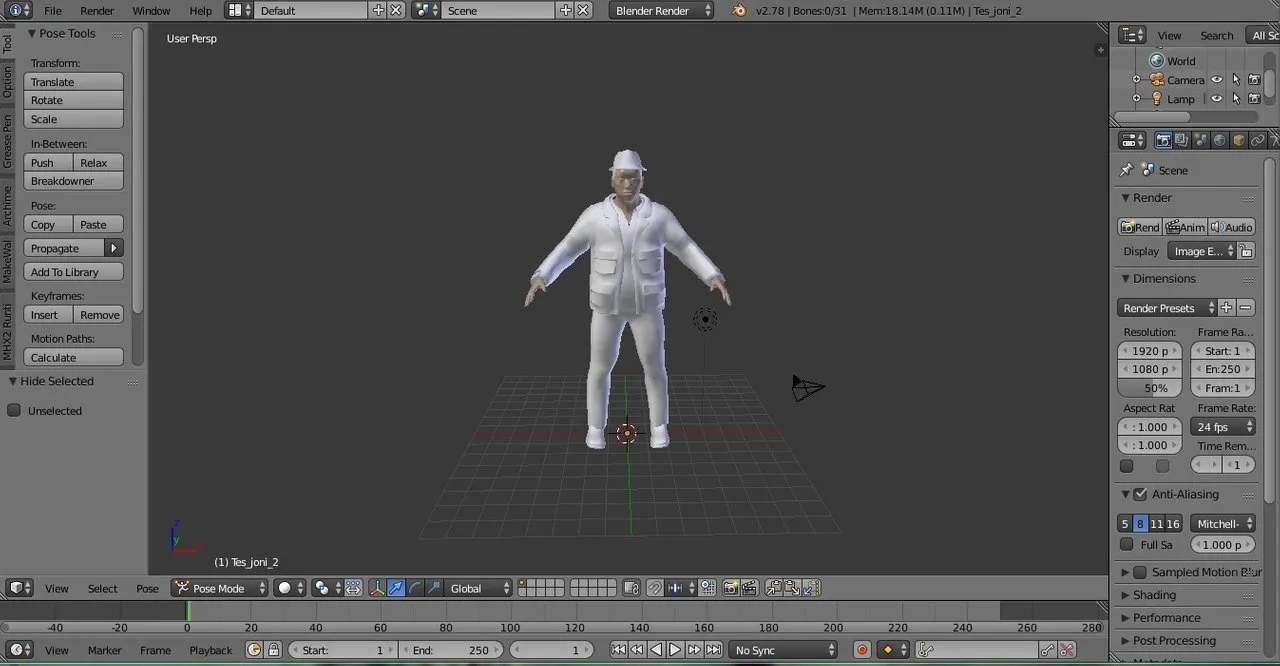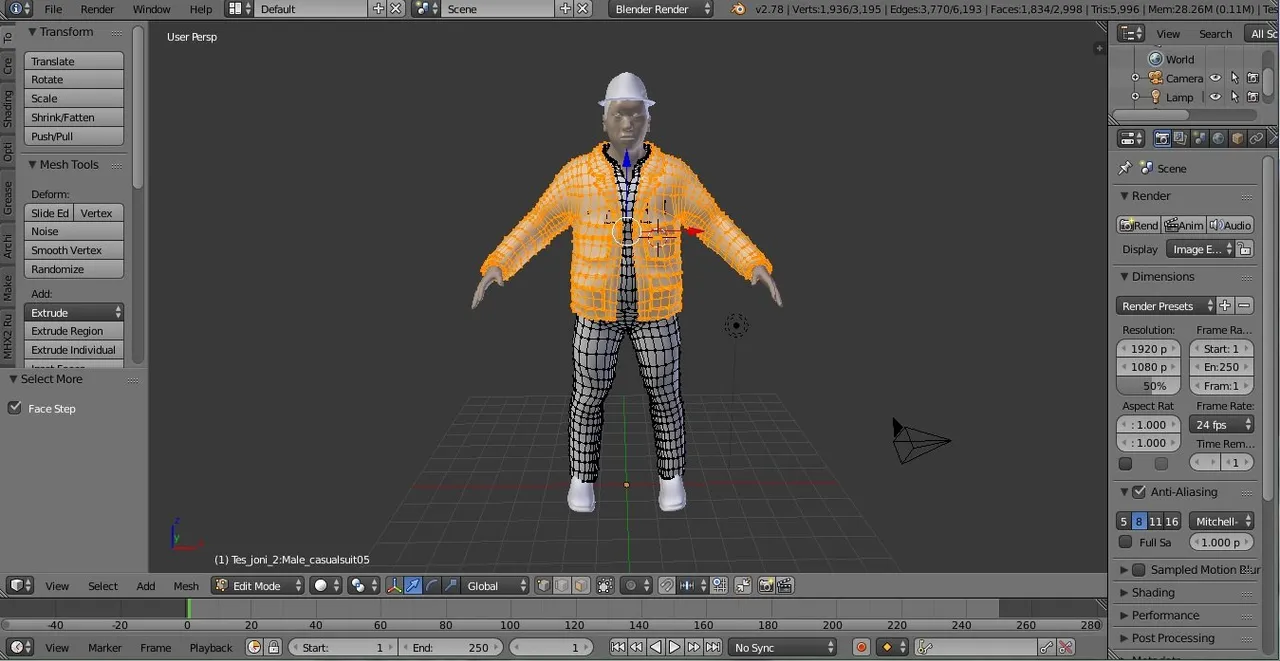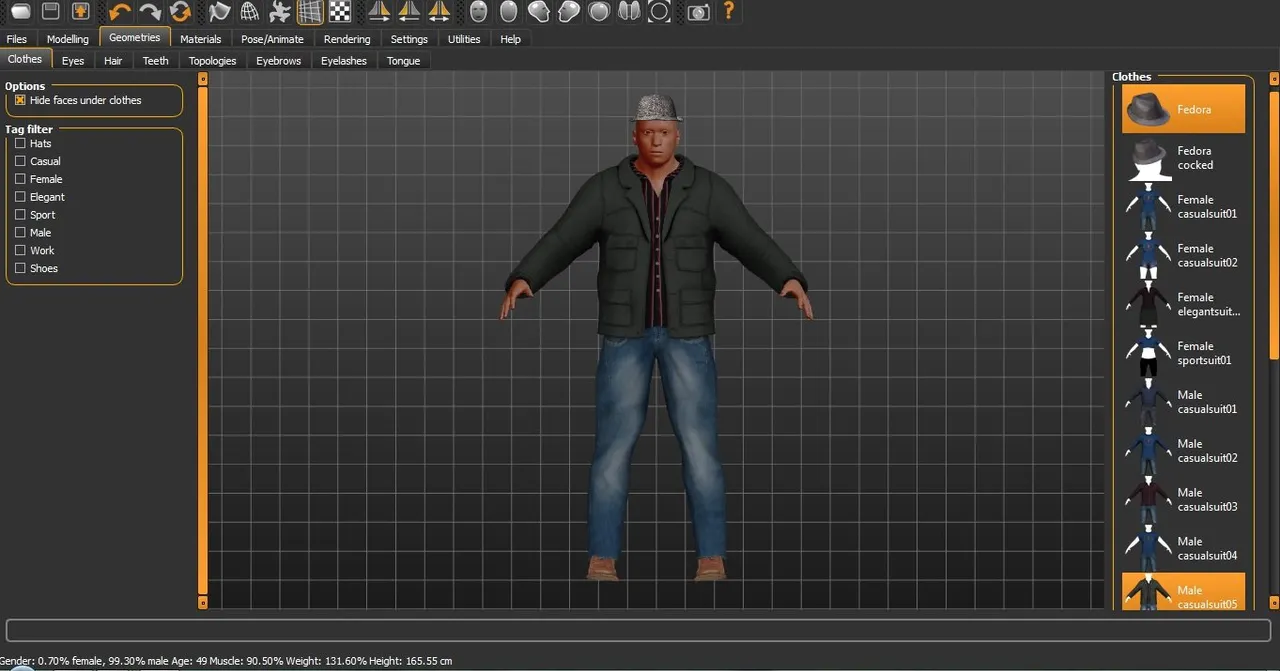Animation is actually an adjustment of the word 'animation' which comes from the word 'to animate' in the English-Indonesian general dictionary means to live. In general, animation is an activity of animating, moving an inanimate object and a dead object is given impetus, strength, passion and emotion to be alive or just memorable life.

- Frame Animation: An animation created by changing the object on each frame. These objects will be visible at different locations on the screen.
- Vector Animation: An animation created by changing the shape of an object.
- Computational Animation: An animation created by moving objects based on x and y coordinates. Coordinate x for horizontal position and y position for vertical position.
- Morphing: Transitioning an object into another object by manipulating more than one frame so that it will produce a whole gentle motion to show one change to another (Hofstetter 2001, p26)


In making animation there are some basic principles in making an animation that must be observed by an animator. These basic principles serve as the main force in making the animation comfortable to watch in addition to the story. These principles include:

- Timer
Timing is an important factor in creating animations. the animator must be able to set the time a moving object or object. Also, the object emits an expression, such as sadness, joy, or anger. With the right timer, the audience's emotions can be expelled. - Movement in and out (Sloe in and Sloe out)
A moving object will not move and stop abruptly. There are always stages and speed differences when the object's position is replaced. That way the movement of the object will be natural. - Bow joints (Arcs)
Living things move on the basis of joints in their bodies. So the motion made in animasipun must follow the movement of these joints.

- Action that megikuti and support
Understanding of this principle can be observed from objects that have many limbs. The movements of the members do not occur simultaneously between stages, such as the movement of the foot when walking. - Second movement (Secondari action)
In addition to the main movement is also required motion that is not dominant. This movement serves to strengthen the main movements, such as the running time of the main movement stepping foot. Then added hip movement to complete it. - Melt and stretch (Squash and stretch)
Movement made must follow the physical part of the object. Like when moving the hand there will be a curved part and forming his skin follows the position of the hand. - Exaggeration (Exaggeration)
Giving accent to the movement of an object is obtained from exaggerating a movement. - Anticipation (Anticipation)
Movement prepared to accompany the movement of the camel. So the main movement gets readiness and looks natural. - Level of movement (Staging)
Arranging the movement that will occur on an object, sehinjgga get clear visualisai. - Personalization (Personality)
Incorporate properties for each created object. Movements for each object can show the nature of the object.
